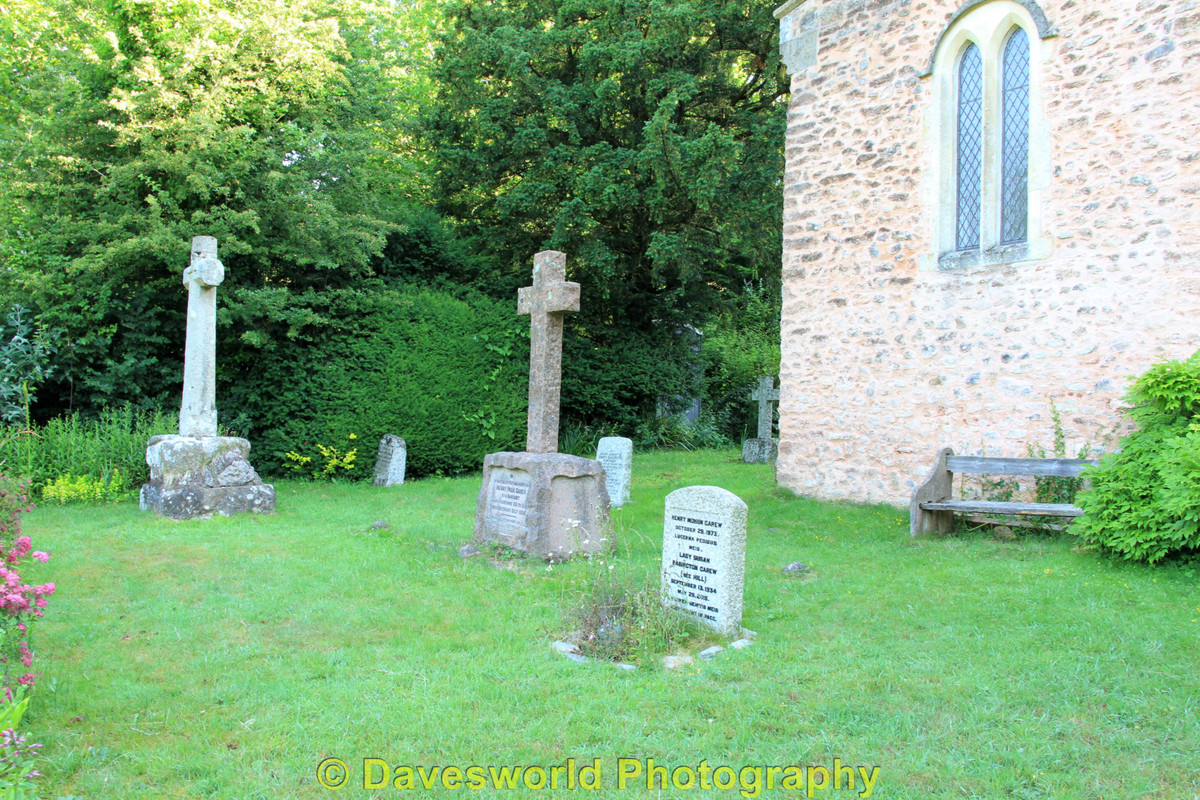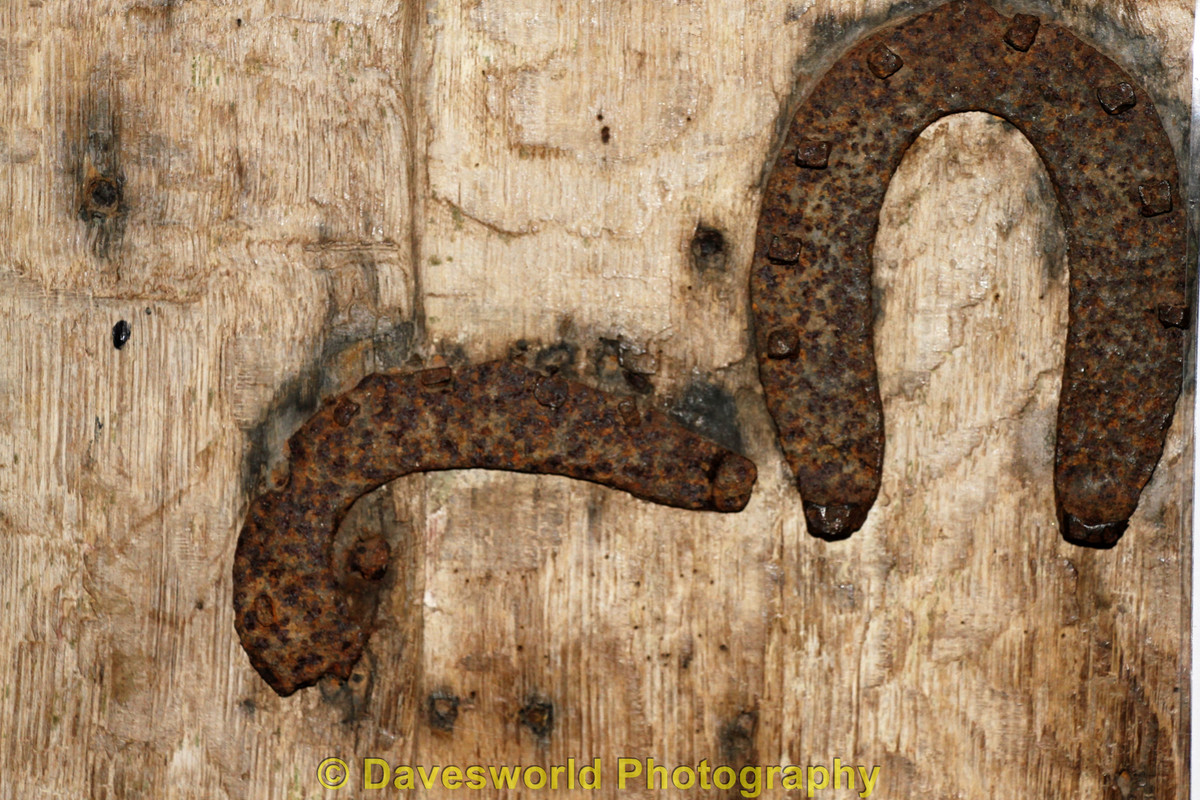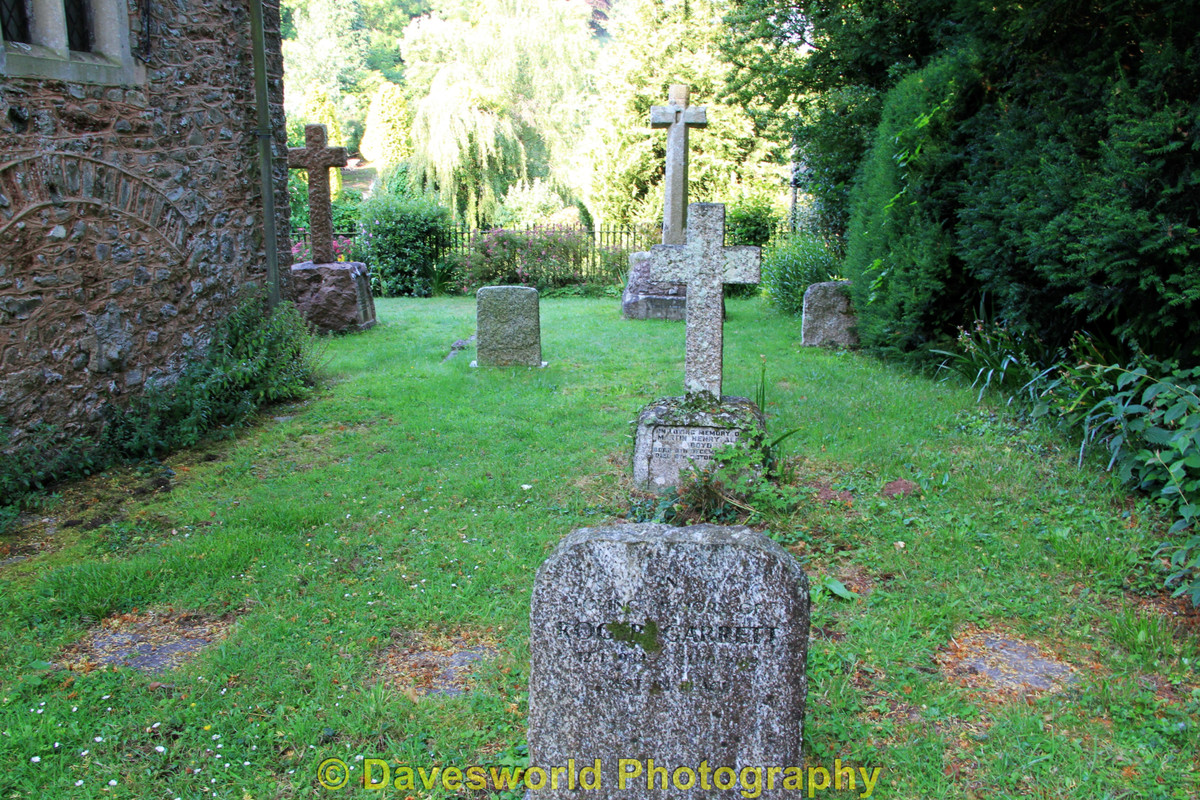Post by Dave on Jun 25, 2020 11:03:24 GMT
St Blaise Church & Haccombe House Legend 25th June 2020
During one of my many google searches looking for interesting places to visit, I came across an old church that was once a part of Haccombe House and put it on my must visit list. While doing some further research on the church I found a very interesting story about a wager that took place sometime in the sixteen century after a dispute about the ownership of Haccombe House.
I will add the story to this post and while I do not know how true the story is, I do know that the two families (the Carews of Haccombe and the Champernownes of Dartington) were some how related. I discovered that Arthur Champernowne 1524 to 1578 was the high sheriff and soldier who lived at Dartington Hall. His cousin was Sir Peter Carew of Haccombe House.
I set off at 7.30am from Paignton and as I grew up in Newton Abbot I knew where the turning was at Neverton that would take me to Haccombe, what I did not know was if the road close to Haccombe house was a private road or not. Google street view only took me to the gates for the drive to the house and I was unable to read the signs on the gateposts.
The lane from Neverton to Haccombe is very narrow and once at the gateposts I was able to read the signs which simply had Haccombe Farm on them. There was another sign asking not to use the lane on Friday morning due to repair work taking place. It most certainly needs repairing as it is no more than a dirt track with more potholes than your care to imagine.
On this track you soon get to see Haccombe house and then the church where you are able to park on a grass verge next to it. At the time of the Domesday Survey in 1086, the manor of Haccombe was held by Stephen de Haccombe under the renowned Baldwin de Brioniis, Sheriff of Devon. About the year 1400 the estate came into the possession of the Courtenay family, and shortly after the death of Sir Hugh Courtenay, in 1425, it passed to the ancient family of Carew through the marriage of Sir Hugh's younger daughter and heiress, Joan, to Sir Nicholas Carew who died in 1469. The Carew family have continued to hold the manor of Haccombe right up to 1942.
The house today is all divided into flats and had a lot remodelling done to it during the eighteenth and nineteen century, so it would have looked different back at the time of our story than how it looks today. Sadly there are no really old photos I can find on line to show how it once looked, but after some further research I found out that in 1872 some of the changes to Haccombe House included the building of the north east wing and the demolition of the North West wing.
The church of St. Blaise was consecrated by Bishop Grandisson of Exeter in the year 1328 and is noted for its fine collection of Mediaeval effigies, including that of its crusader founder, and an unusual alabaster effigy marking a heart burial. There are five fine brasses, which cover the period 1469 to 1656, Mediaeval and Moorish floor-tiles, and Flemish glass. Pieces of wood from Henry VIII’s flagship ‘Mary Rose’ are set into the processional cross.
The church is currently closed due to the virus, but someone must have tried to get in there as the main door on the side of the church was partly open and I could see a wooden wedge that had been place from the inside to keep the door closed. I decided not to enter the church but stuck the camera in through the gap to get a few shots. To be honest even with my head just inside the church I got a very uneasy feeling and not sure I would have gone in if it had been open. I closed the door as best I could and happy with the photos I had taken including the famous horseshoes that form a big part of the story, I headed back to Paignton.
The Legend
At some period during the sixteenth century, a dispute arose between the Carews of Haccombe and the Champernownes of Dartington about the ownership of a certain valuable manor Haccombe) . Each of the two great landowners claimed that the manor was his own property, and after there had been much argument about the matter for a considerable time, both men decided to settle the dispute by the outcome of a very unusual and extremely hazardous wager.
It was mutually agreed that each man should mount the best steed in his stable, and then they would ride together to Tor Bay, and the one who was able to swim his horse farthest out to sea would become the owner of the manor in question. In due course the two men set forth together to commence their epic contest.
For a long time they breasted the waves side by side, but at length Carew began to. gain the lead, and after a while he drew far ahead of his rival. Suddenly he heard a frantic shout for help, and looking back he beheld Champemowne struggling in the water — his horse having expired under him. Carew at once went to his rival's aid, and having rescued him, turned his horses's head towards the far-distant shore.
The return journey was desperately perilous. The gallant horse was greatly exhausted, and it now had to carry a double burden, but in spite of this, with the most remarkable strength and courage, it fought its way through the waves, and at last managed to reach the shore safely.
Carew was filled with admiration of the wonderful feat performed by his horse, and he announced that, as a reward for winning him the manor, the brave animal should do no more work for the rest of its life. From then onwards the horse lived in the greatest ease and comfort until it eventually died of old age. Its shoes, which had been removed when the horse was put to grass, were fixed to the door of Haccombe Church in memory of the high courage and endurance of a very valiant steed. It is well-known that the majority of legends and traditions have a background of historical fact,
St Blaise Church









The Horeshoes















Haccombe House








